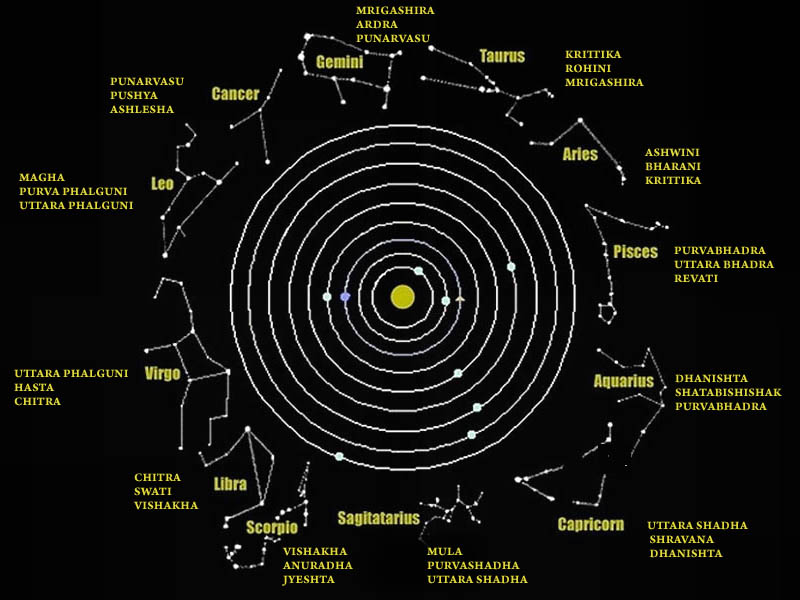Success isn’t as complicated as most people think.
In fact, Tim boils it down to one simple trait: relentlessness.
For some…it’s innate. But for the rest of us, it’s a choice.
But what exactly does it mean to be relentless?


Michael Jordan. Kobe Bryant. D Wade.
— Shane Martin (@Shane___Martin) April 6, 2022
3 killers\u2026 but 1 man behind the curtain.
Performance coach & mindset engineer \u2014 Tim Grover.
I spent hours studying his stuff\u2026
Here are 7 key lessons for developing killer instinct, dominating the competition & coming out on top.
\U0001f447 pic.twitter.com/yMKomZ3biu





I interviewed 5 billionaires this week
— GREG ISENBERG (@gregisenberg) January 23, 2021
I asked them to share their lessons learned on startups, life and entrepreneurship:
Here's what they told me:
To outperform, you need serious competitive advantages.
— Sahil Bloom (@SahilBloom) March 20, 2021
But contrary to what you have been told, most of them don't require talent.
10 competitive advantages that you can start developing today:
I\u2019ve gotten a lot of bad advice in my career and I see even more of it here on Twitter.
— Nick Huber (@sweatystartup) January 3, 2021
Time for a stiff drink and some truth you probably dont want to hear.
\U0001f447\U0001f447
THREAD: 10 significant lies you're told about the world.
— Julian Shapiro (@Julian) January 9, 2021
On startups, writing, and your career: